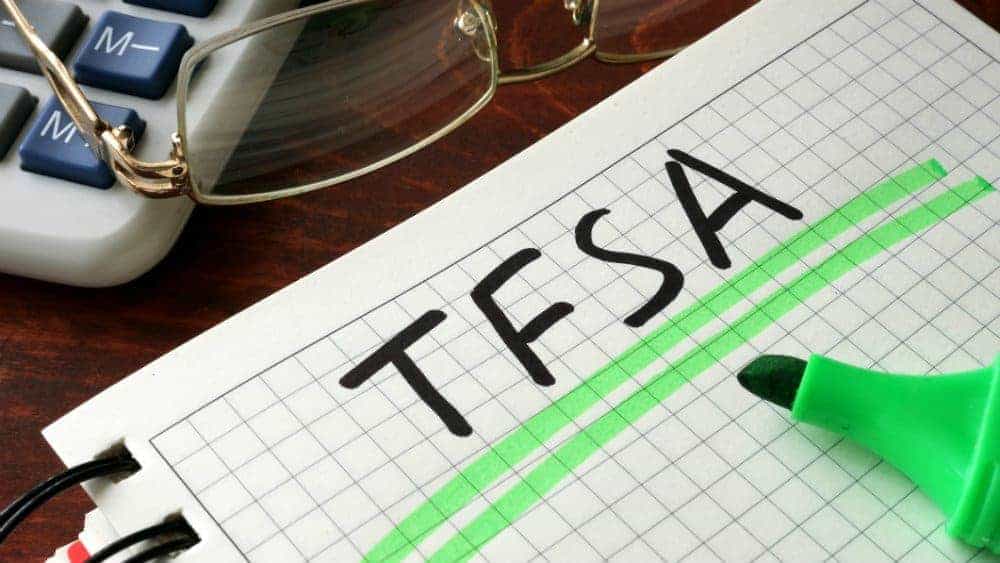The annual contribution limit to a Tax-Free Savings Account (TFSA) for 2020 is $6,000.
If you have never contributed to a TFSA, you should know that you can do this retroactively. If you win the lottery or inherit from your parents, for example, you could invest up to $69,500 in one shot, that is, the amount accumulated by a person who has never contributed since the creation of the TFSA in 2009.
But before putting all your savings into your TFSA, think about how you will use the money. This will allow you to better determine the type of investments you need, as a TFSA is more than just a savings account. Here are three tips to grow your assets tax-free.
1. A TFSA can be used as an emergency fund
If you want to use your TFSA as an emergency fund, your money must be available at all times. Financial institutions will offer you very short-term, but very low-paying investment vehicles.
You could put your TFSA into guaranteed investment certificates (GICs), which are very low risk, fixed income securities. Before signing, make sure the GIC is redeemable, to prevent your investment from being locked in for three or five years.
Money market funds are another option. They are safe but have lower returns than mutual funds. With GICs and money market funds, you can expect a return between 1 and 1.5% per year.
2. Financing medium-term projects
Are you planning to change your car, buy a condo, or travel in two or three years? The TFSA could help you achieve your goals.
You can diversify your investments by buying, for example, fixed-term GICs, government bonds, and other fixed-income securities (corporate bonds, treasury bills, mortgage-backed securities).
If you can tolerate a small change in the value of your investments, think also about dividend-paying stocks like Enbridge. You should target a return between 3 and 5% per year.
3. You can use your TFSA to save for retirement
The best thing to do with a TFSA is to save for retirement, in addition to your RRSP. Withdrawals you make will not be taxed, which is not the case with an RRSP.
If you invest for the long term, you can take more risk. Investing in stocks is the best way to generate high returns over a long period. You can get exposure to stocks through mutual funds, ETFs, or by buying the stocks of individual companies.
Avoid speculative investing unless you have nerves of steel and a lot of money. If you take too much risk, you could lose your capital, which you don’t want.
Buying defensive stocks and letting them grow over the years is a good way to reach your investment goals without worrying about capital losses. A grocery stock like Metro is a good defensive stock that you can hold for many years.
If you’re willing to take more risk to achieve better returns, there are many growth stocks on the TSX that are good buys now. With stocks, you can expect a return of more than 5% per year.










